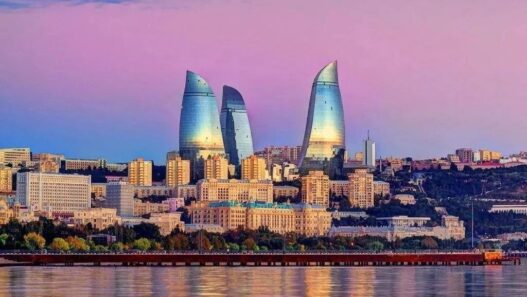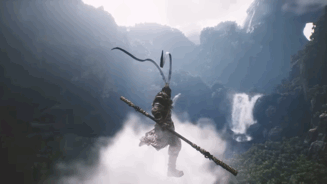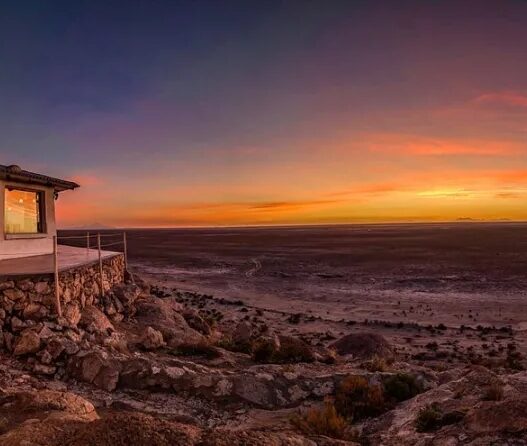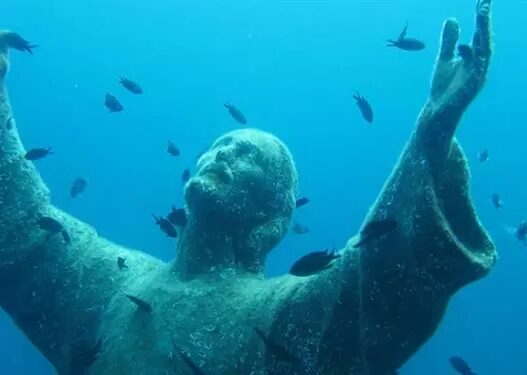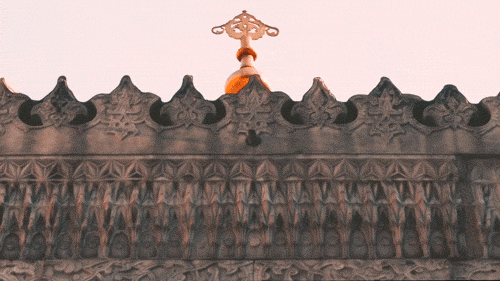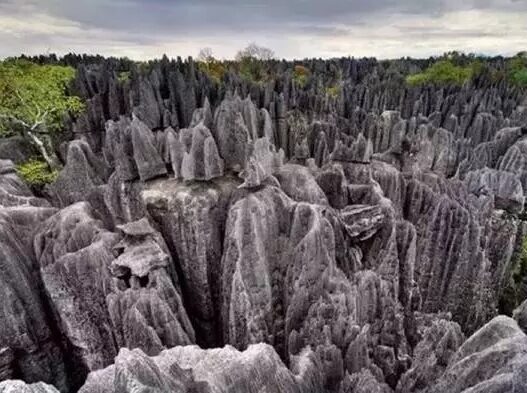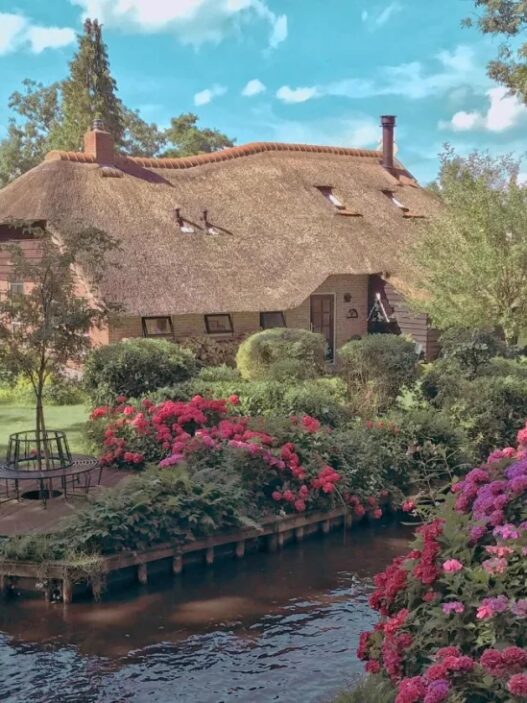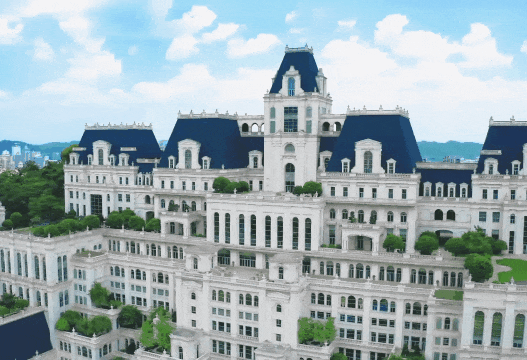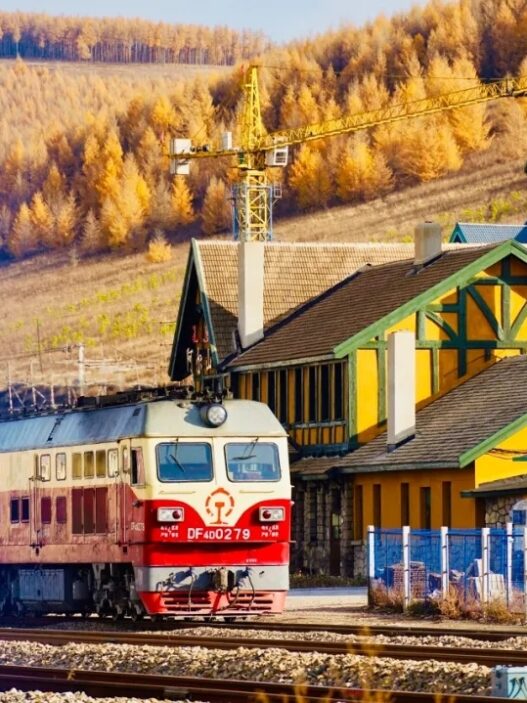On August 20th, China’s first AAA game title, ‘Black Myth: Wukong’, was officially released, instantly igniting the internet. The game’s 36 real-life scanned scenic spots and ancient buildings have quickly popularized Chinese architecture. Currently, places like Wutaishan Foyong Temple, Yungang Grottoes, and Xixia Tian in Xi County have become popular check-in points.
Whether you play the game or not, it doesn’t prevent us from appreciating the charm of Chinese ancient architecture in the grand and fantastical game world.
Shanxi
3/4 of the filming locations come from here.
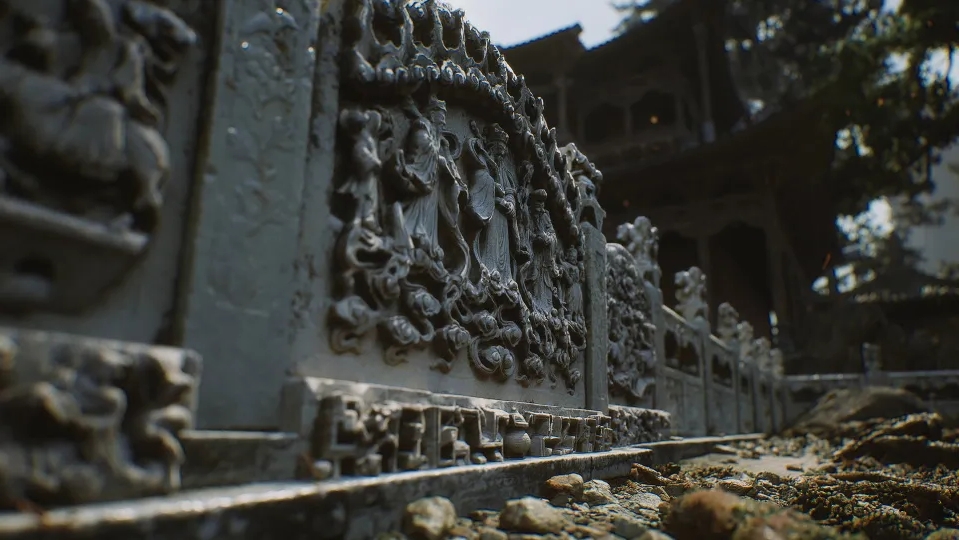
Shanxi, known as the “Treasure House of Chinese Ancient Architecture,” is naturally a key reference for ‘Black Myth: Wukong’. According to incomplete statistics, the game has 36 filming locations in China, 27 of which are from Shanxi.
Xinzhou Wutaishan
Although the architecture isn’t fully shown in the game, the production team has meticulously recreated many details, like the stone carvings of Nanshan Temple and the sutra pillar in front of the East Hall of Foyong Temple.
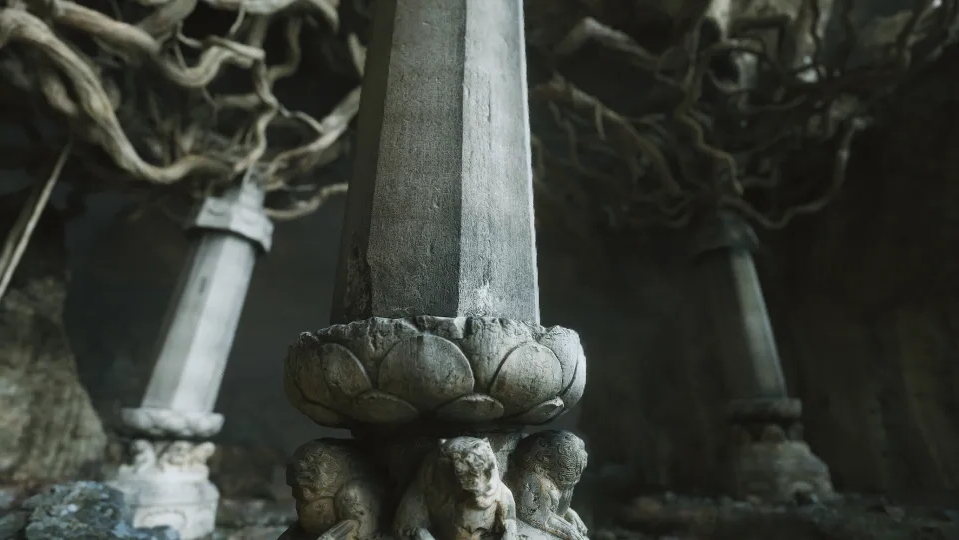
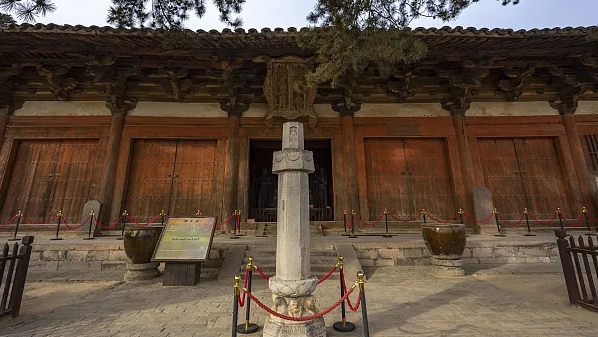
The suspended bell that Wukong rings is vividly restored for the players with the help of 4K RTX ray tracing and NVIDIA DLSS technology.
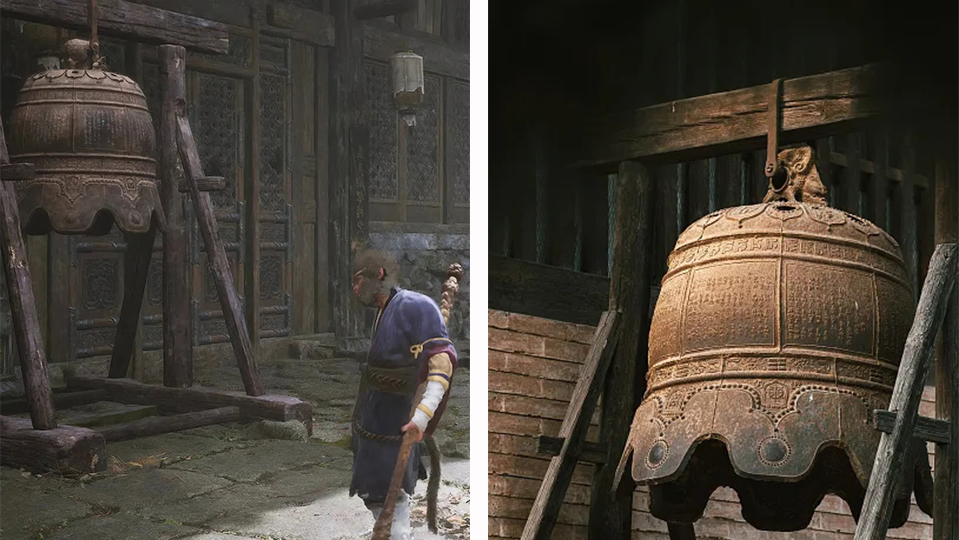
Datong Xuankong Temple
The famous Xuankong Temple appears in the game’s second scene and in official wallpapers.
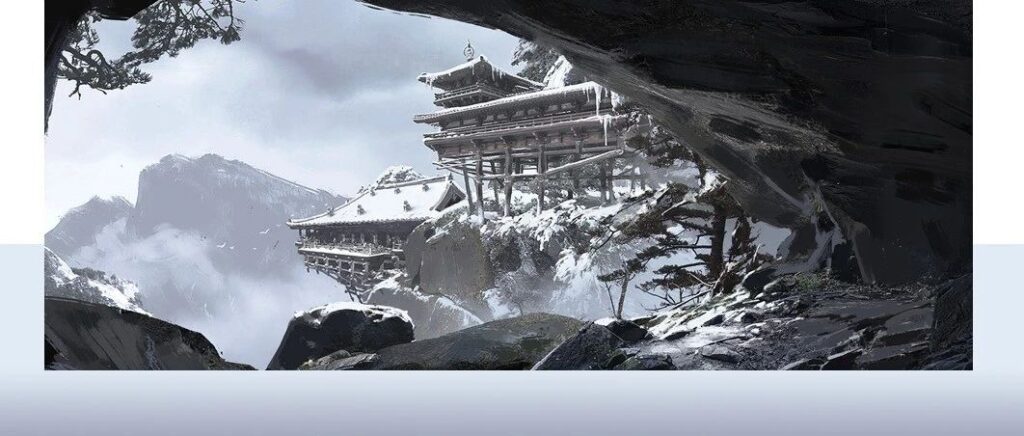
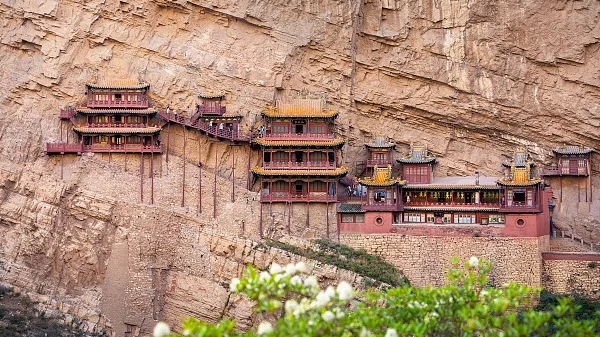
This temple, which combines Confucianism, Buddhism, and Taoism, is built halfway up the Cuiping Mountain, hence the name Xuankong Temple (Hanging Temple).
Datong Yungang Grottoes
Another treasure of Datong, the Yungang Grottoes, is also an important filming location for the game. This is China’s first large-scale grottoes carved under the patronage of royalty.
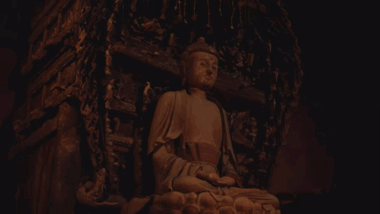
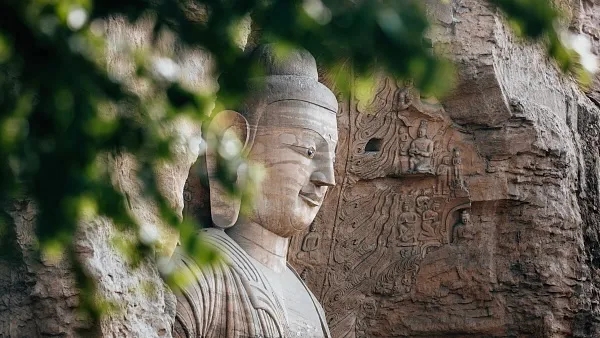
From the initial influence of Gandhara and Gupta styles to the peak period where Han Dynasty attire and expressions were adopted, one can witness the evolution of history on the stone walls.
Pingyao Shuanglin Temple
In 1997, Shuanglin Temple in Pingyao Ancient City, along with other major attractions like the city walls and Zhenguo Temple, was listed as a World Heritage Site. In the game, it mainly appears in the form of statues.
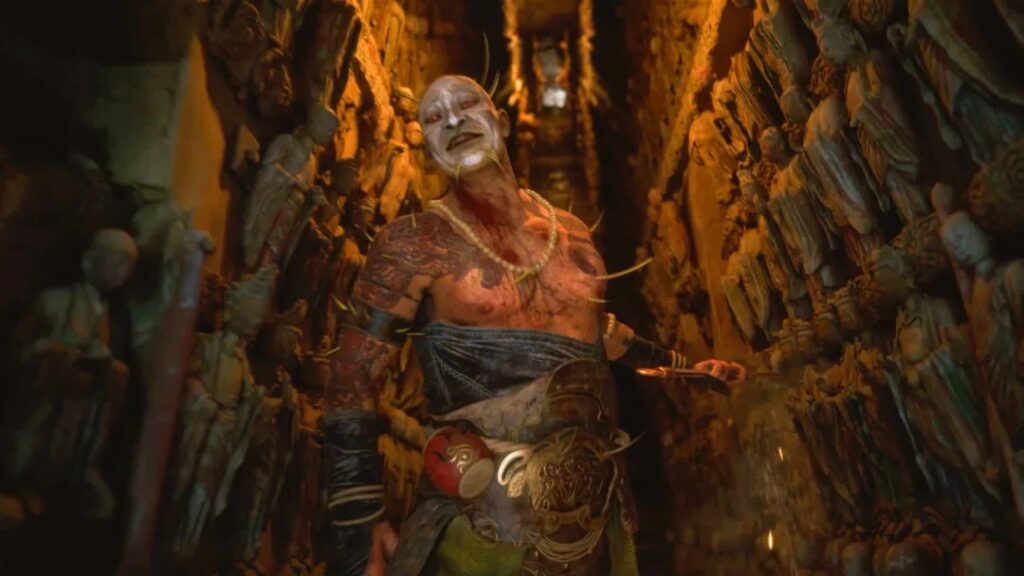
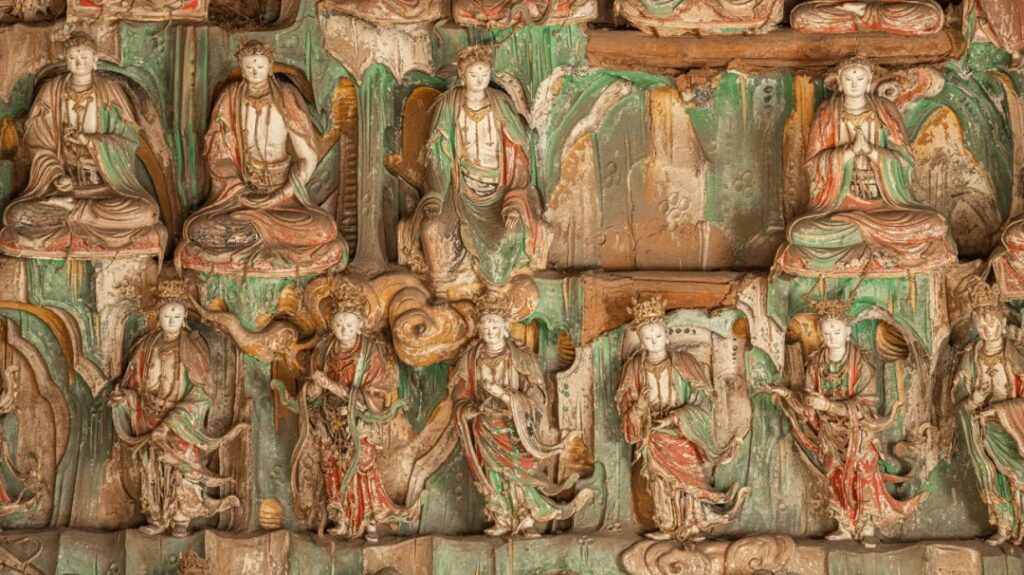
Shuanglin Temple’s colored sculptures bring the mysterious figures of the Buddhist realm to life, achieving a fusion of form and spirit. It’s a powerful testament to the artistic mastery of the time, breaking through religious constraints.
Jincheng Jade Emperor Temple
The Jade Emperor Temple in Jincheng is an important source of character designs in the game. The monster designs that have gone viral recently come from the colorful sculptures of the 28 Lunar Mansions in the temple.
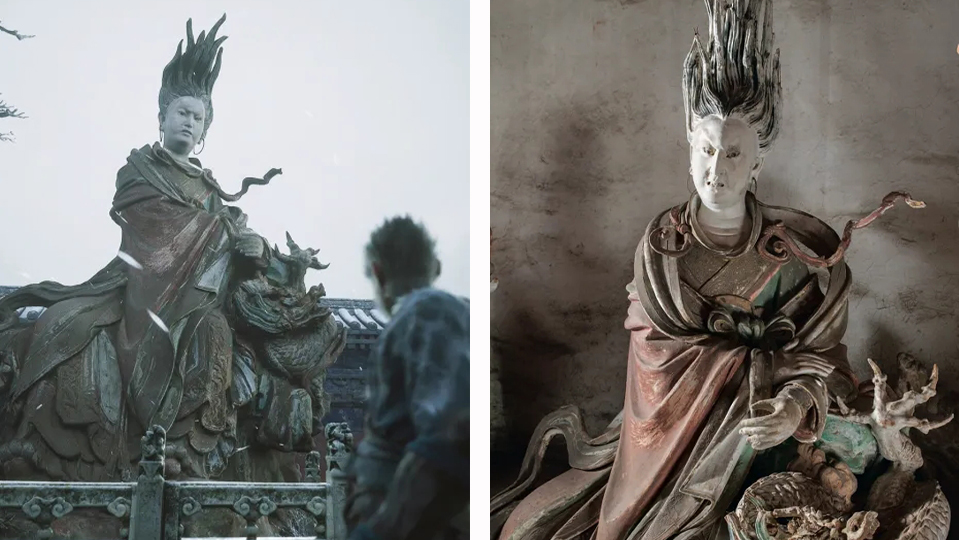
The 28 Lunar Mansions statues blend celestial movements, longitude and latitude positioning, 28 groups of equatorial constellations, 28 animals, and the five elements with human form, making them the most famous group sculptures in the temple.
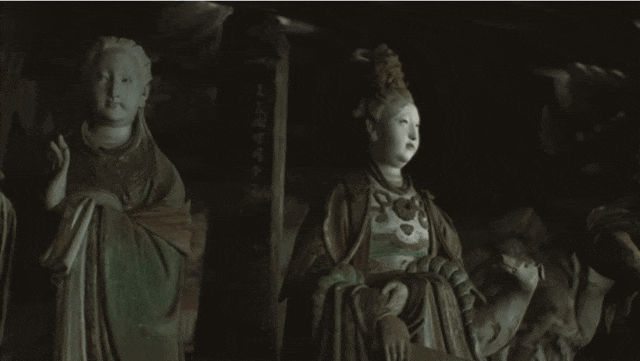
Jincheng Two Immortals Temple
As Wukong advances, buildings appear on distant mountains amidst lush greenery, resembling a scene from an immortal realm. Its prototype is the Two Immortals Temple in Lingchuan, Jincheng.
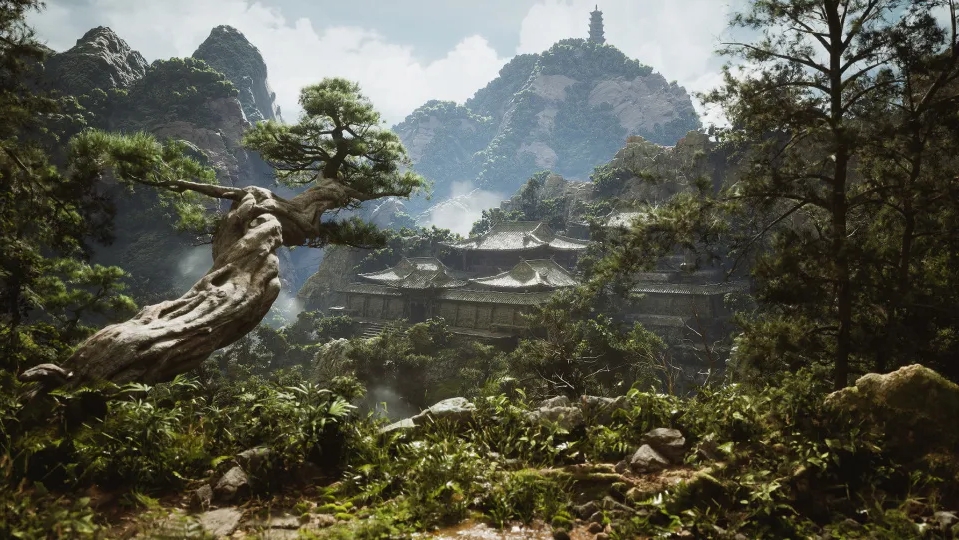
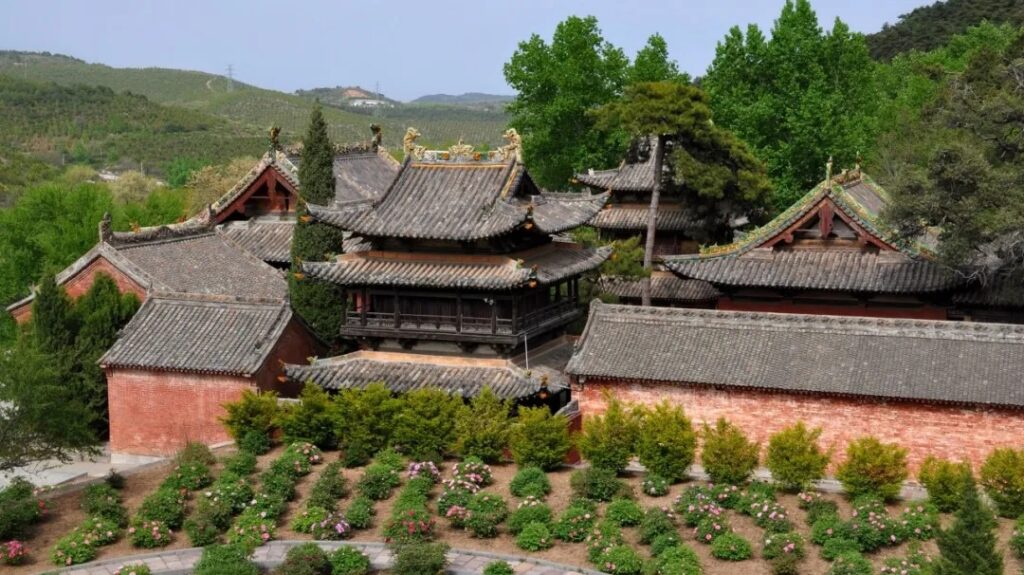
The real Two Immortals Temple also offers a serene environment, surrounded by mountains and water, forming the core of the “Spring Colors of Xixi,” one of the eight scenic spots of ancient Ling.
Linfen Little West Heaven
At the end of the trailer, a tense scene unfolds in front of intricate suspended sculptures. This segment marks the transition to the full Boss battle in the “Little West Heaven” level.
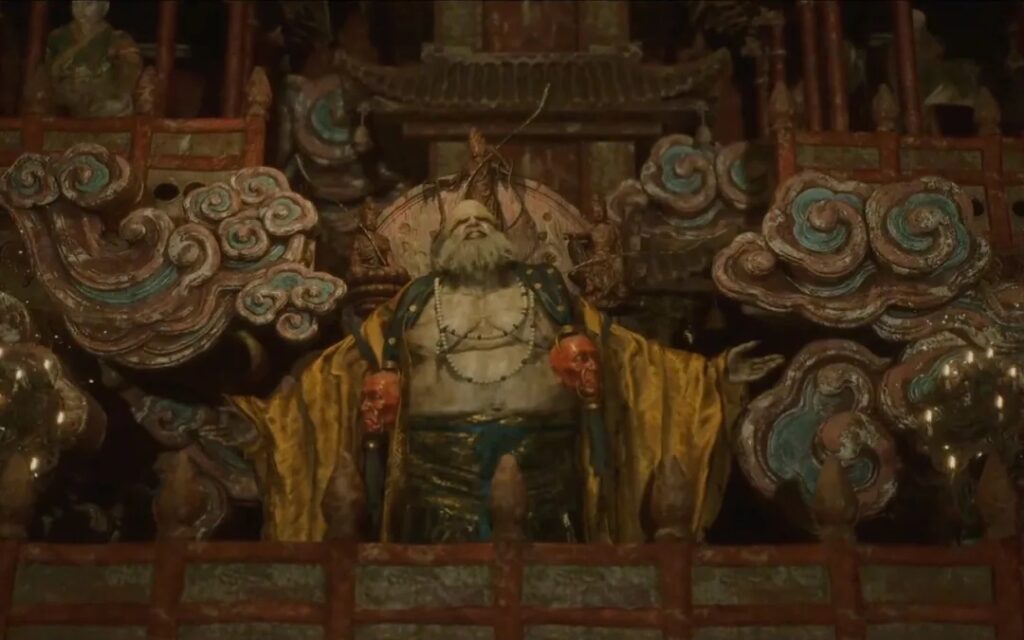
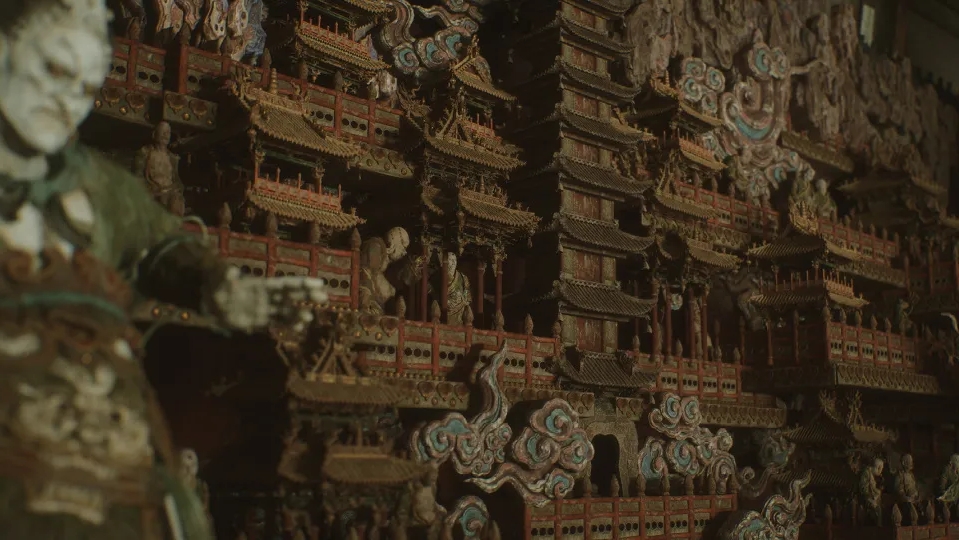
Such art pieces can be found in both the Shui Lu An in Lantian County, Shaanxi, and the Little West Heaven in Xi County, Shanxi, but the video borrows more from the suspended sculptures of Xi County’s Little West Heaven.

Hebei
Discovering a hidden ancient city, many players, like myself, had no knowledge of Wei County before ‘Black Myth: Wukong’. It wasn’t until the official gameplay video was released that the architecture in the snow introduced us to the Jade Emperor Pavilion in Wei County Ancient City.
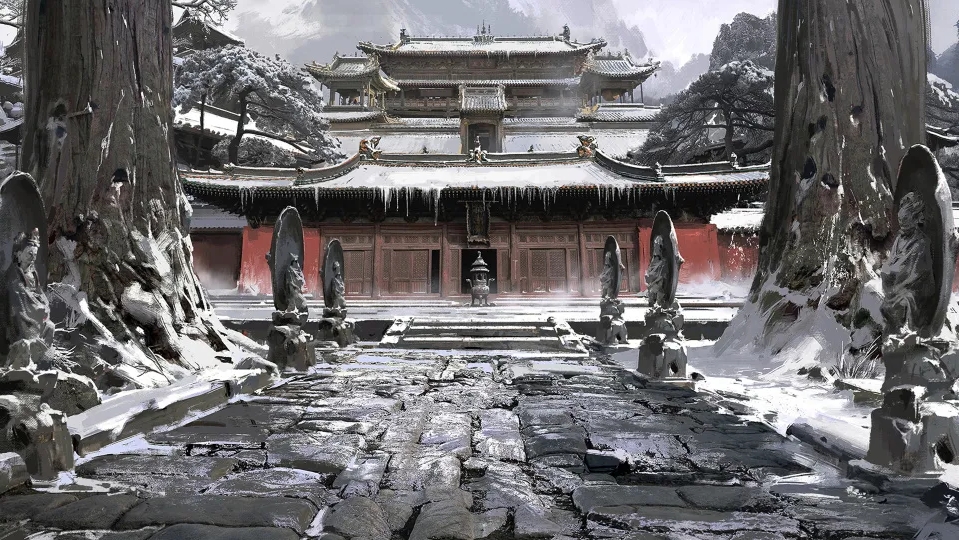
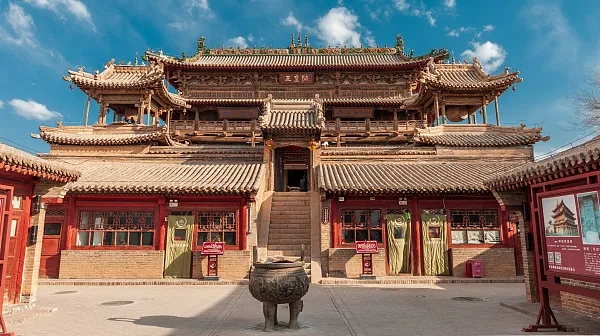
Apart from the Jade Emperor Pavilion, in the game’s second act, even amidst the yellow sand, players recognized the South An Pagoda of Wei County in the background.

There’s a local legend in Wei County that “South An Temple came before Wei County.” Numerous Liao Dynasty artifacts were unearthed in the underground palace, making it a key national cultural relic protection unit.
Zhejiang
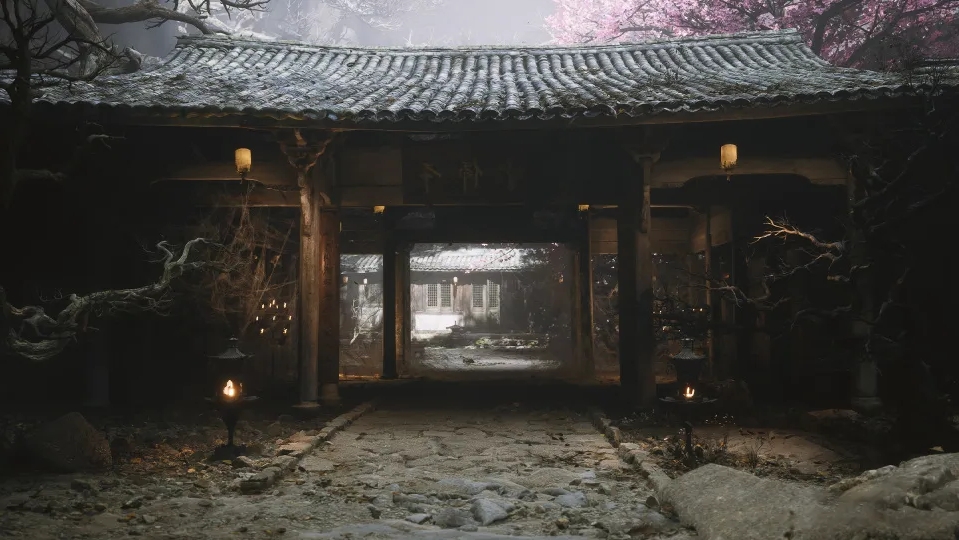
Temples nestled in the forest, with birds chirping and flowers fragrant, contrast with the grandeur of Shanxi’s ancient temples, offering the gentle elegance of Jiangnan. In the game, the spider demon’s lair is inspired by Shisi Temple in Lishui, Zhejiang.
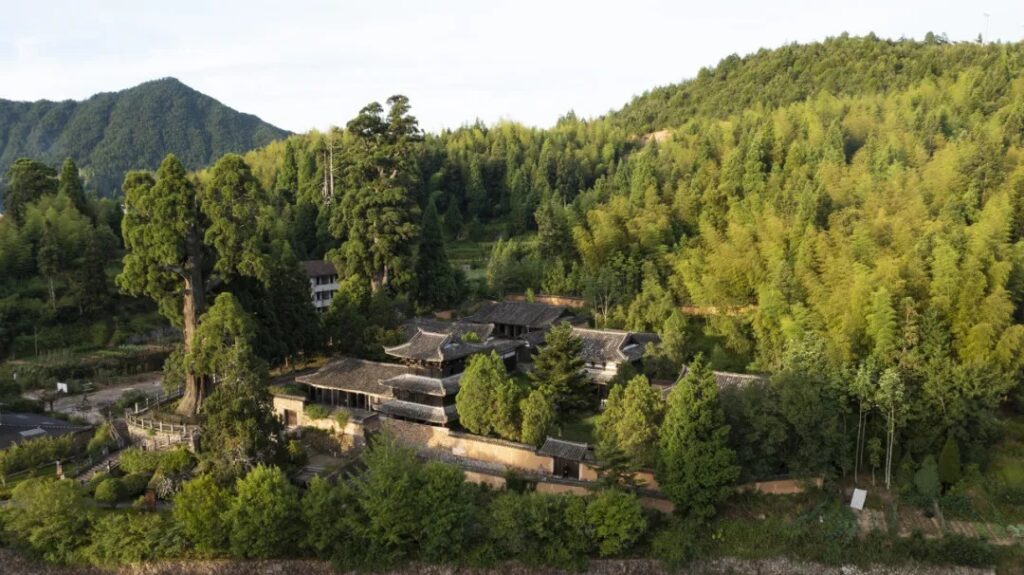
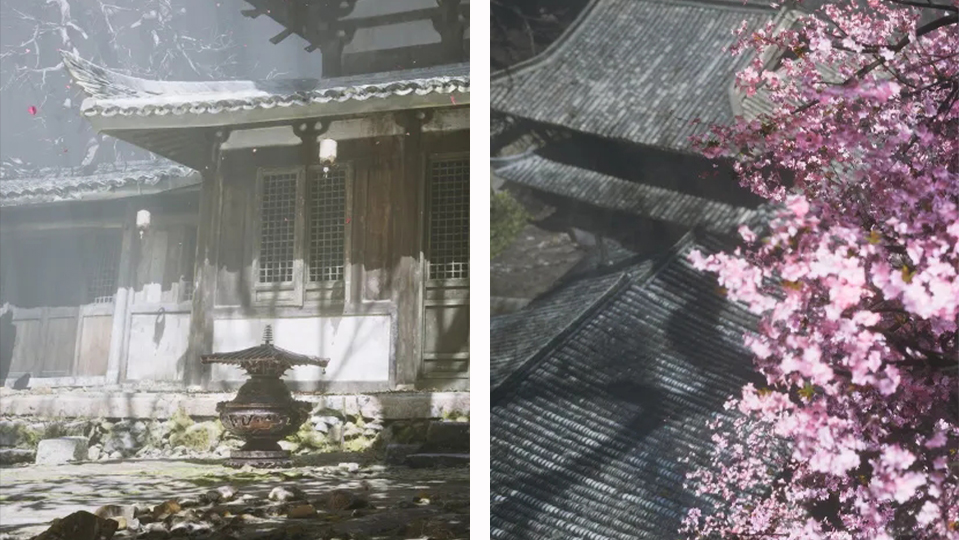
Shisi Temple, hidden deep in the mountains, exudes a strong sense of Zen. Its architecture is simple and retains many early features, serving as a typical example for studying the evolution and regional styles of ancient architecture.
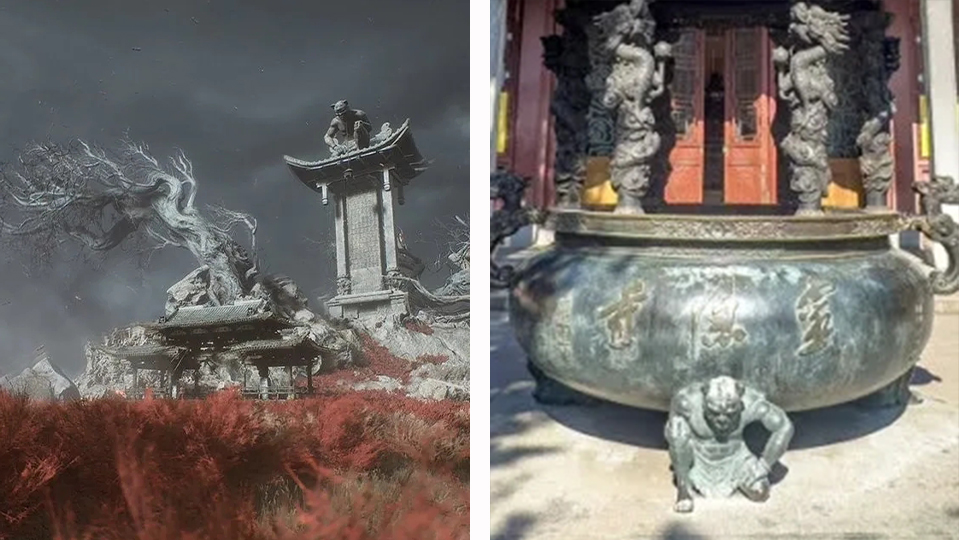
The famous Lingyin Temple in Hangzhou has also been cleverly incorporated into the game’s scenes. If you look closely at the distant view, isn’t that the divine beast statue at the base of the incense burner in front of the Jigong Hall of Lingyin Temple?
Chongqing
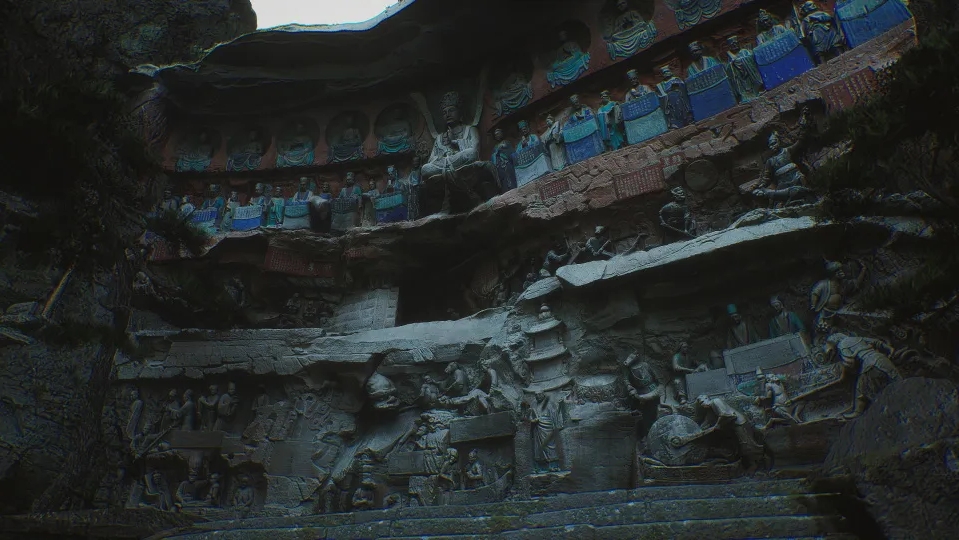
The Yungang Grottoes in Chongqing, the only large-scale grotto group in China that integrates the thoughts of Buddhism, Taoism, and Confucianism, make its cultural fusion unique in Chinese grotto art.
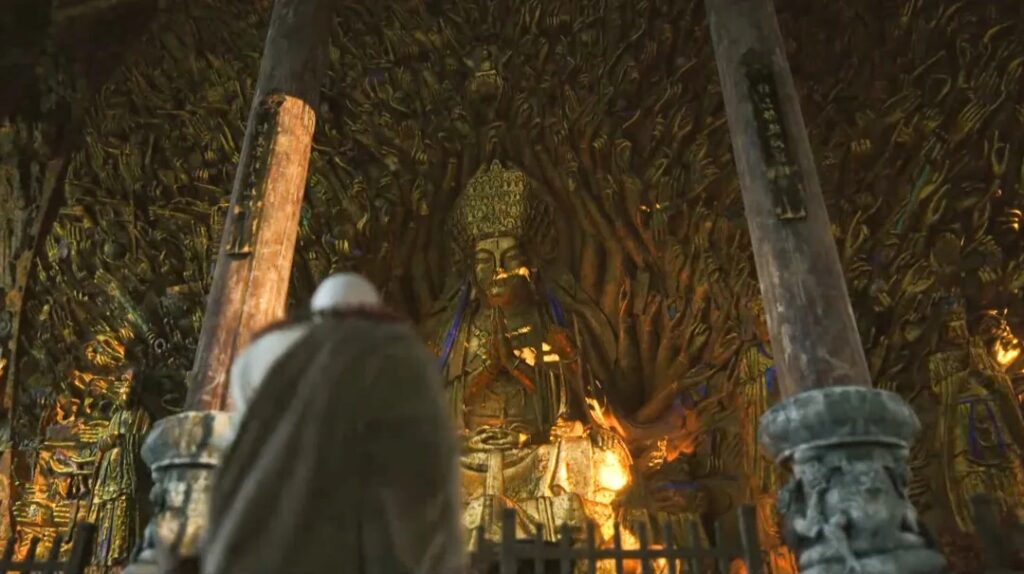
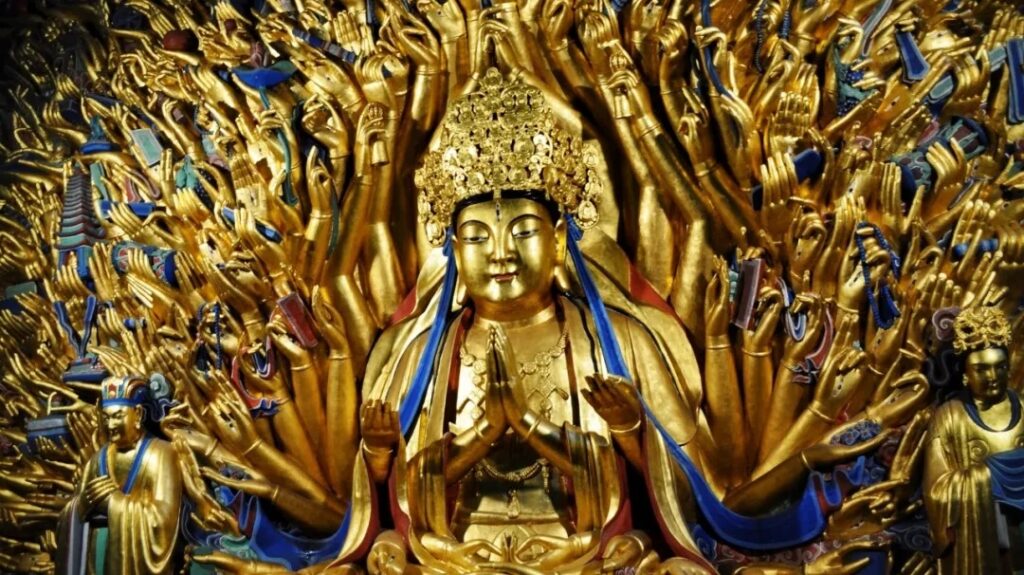
The game features works like ‘Transformation of Hell’, ‘Golden Thousand-Armed Guanyin’, and ‘Transformation of the Amitabha Sutra’, all representative of the Yungang Grottoes.
Quanzhou
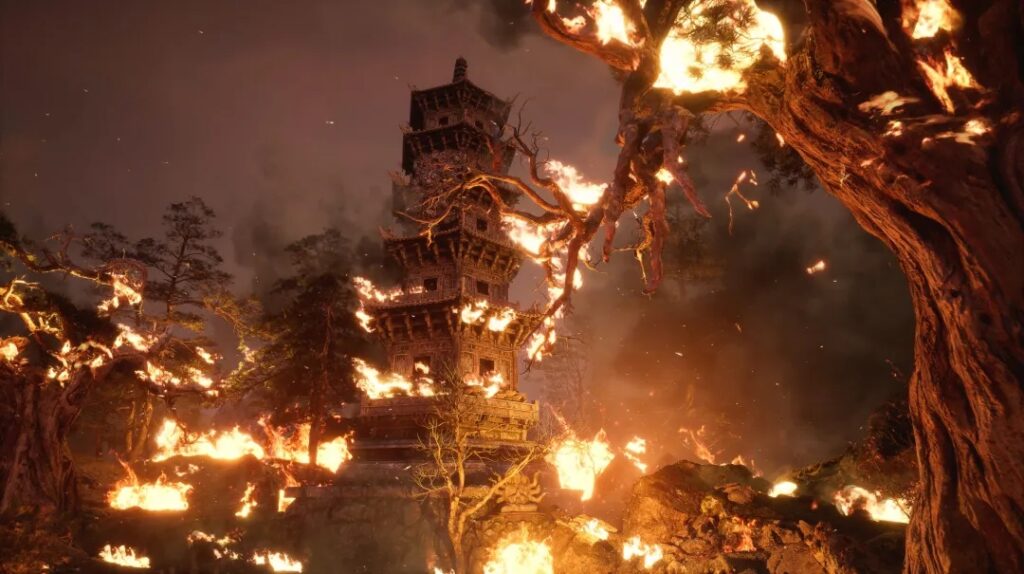
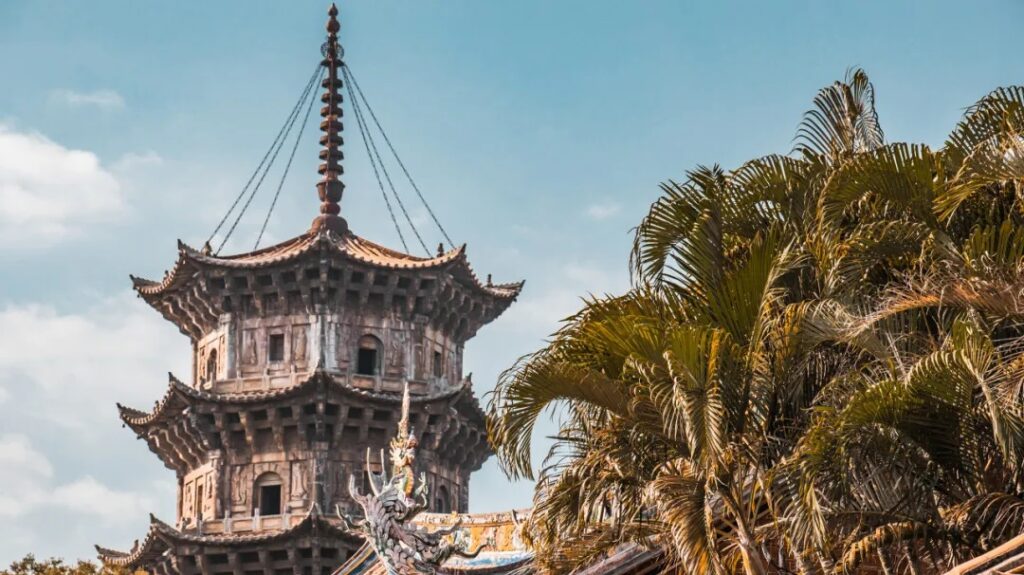
A great achievement in the history of Chinese pagoda construction, the burning pagoda in the background of the first Boss battle in the game is modeled after the famous Kaiyuan Temple in Quanzhou. It’s one of the oldest and largest Buddhist temples in Quanzhou, with architectural styles described by historians as “sacred and supernatural art” from the Song Dynasty, a landmark in the history of Chinese pagoda construction.
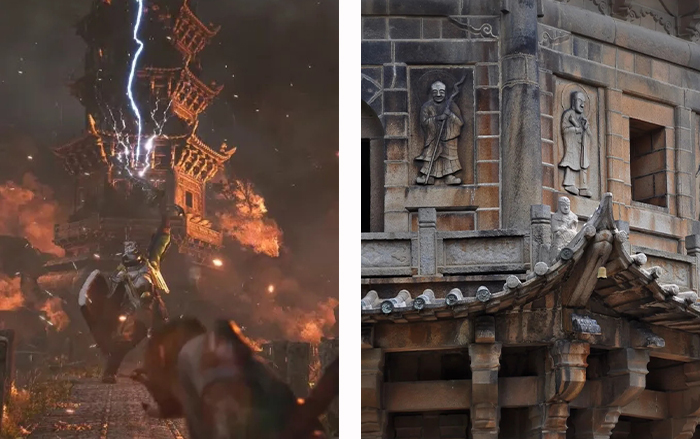
Interestingly, on the second floor of the East Pagoda of Kaiyuan Temple, there are carvings of Tang Sanzang on his pilgrimage. On the fourth floor of the West Pagoda, there are four reliefs depicting Tang Sanzang, Sun Wukong, White Dragon Horse, and Guanyin.






